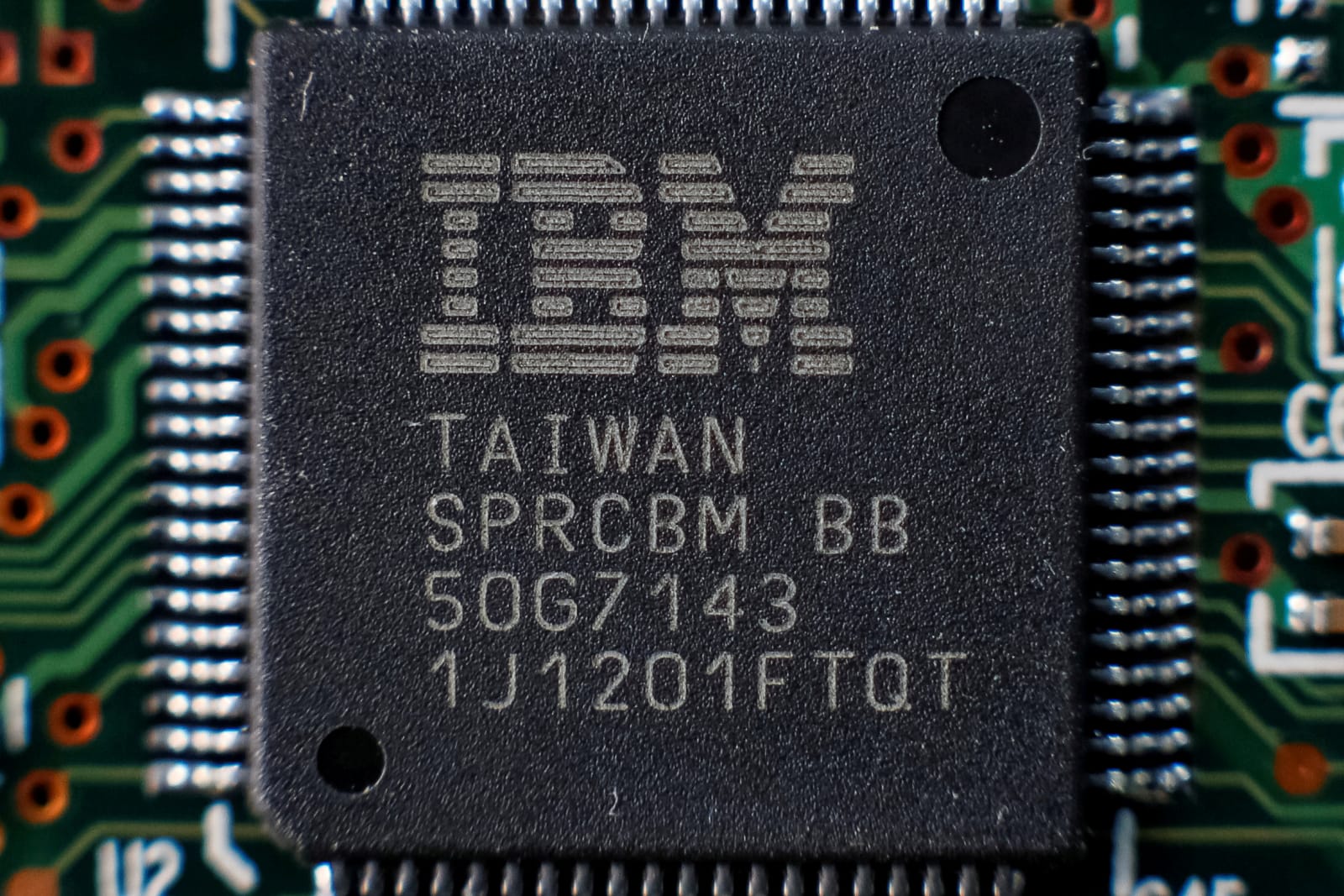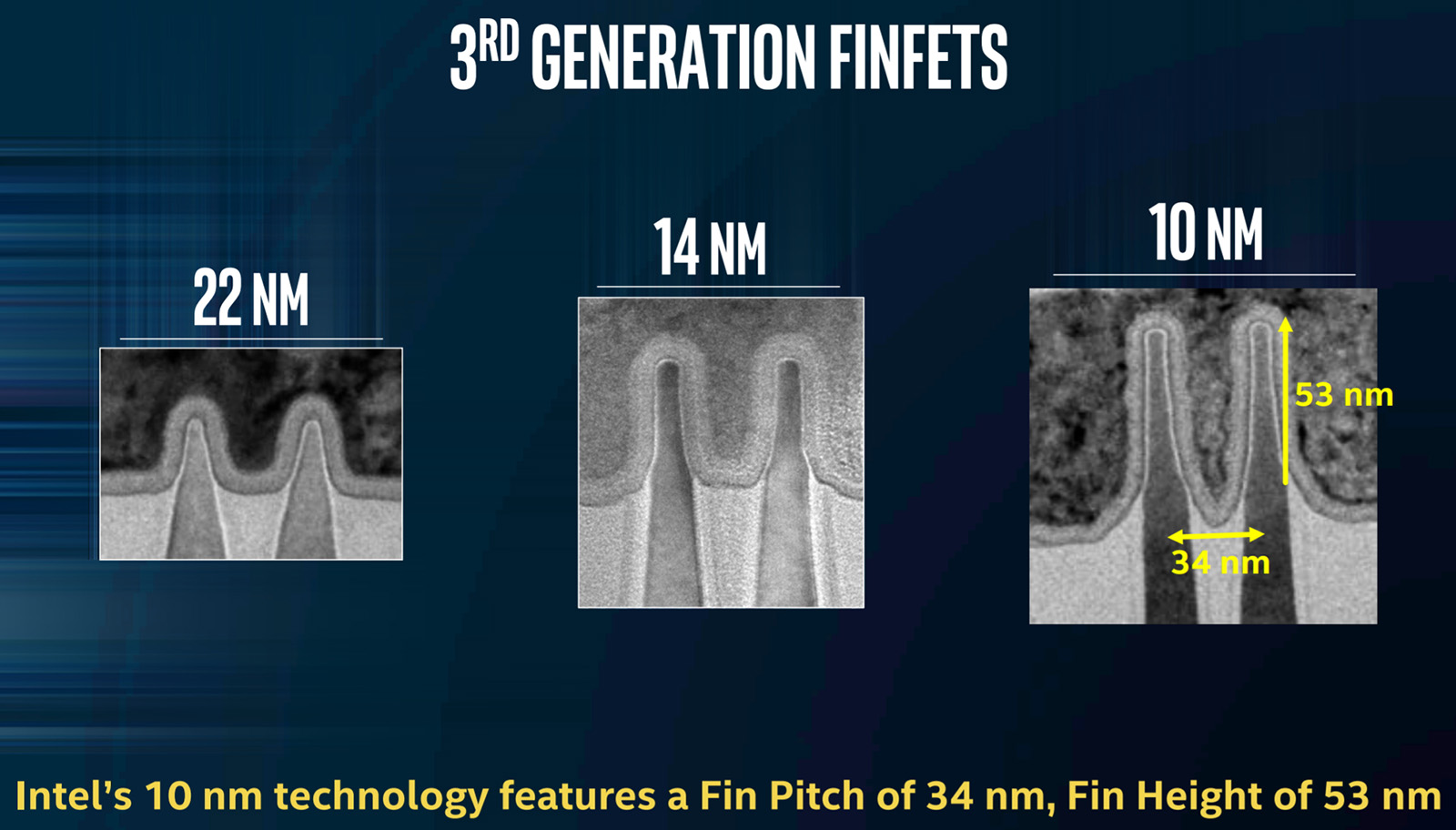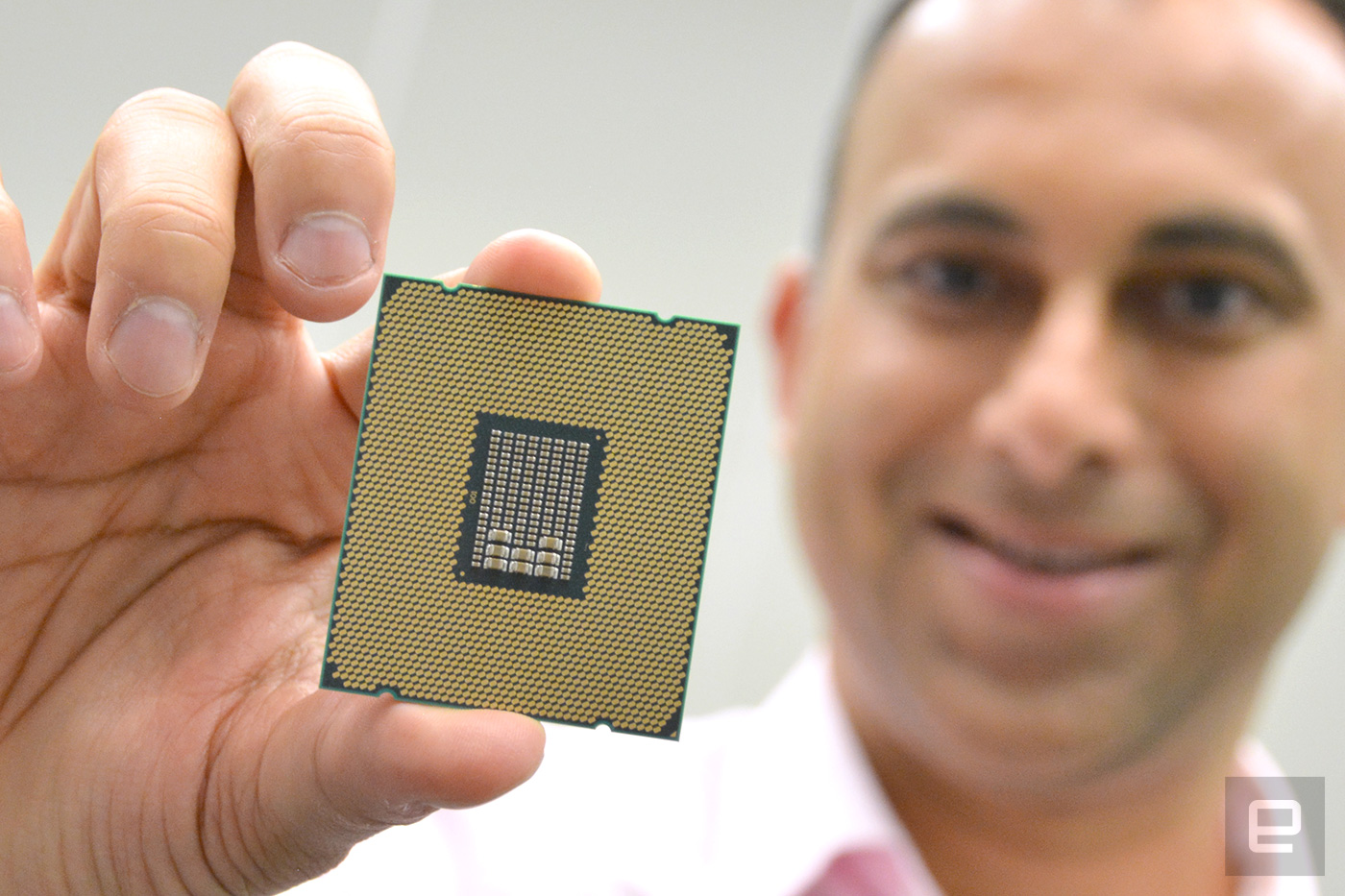
Researchers at MIT's Microsystems Technology Laboratories may be giving Moore's Law a new lease on life with the development of the smallest indium gallium arsenide transistor ever made, measuring up at 22-nanometers. Such transistors could produce more current when shrunken down than those based on silicon, which means chips may continue to pack in more transistors while providing a bigger punch. "We have shown that you can make extremely small indium gallium arsenide MOSFETs (metal-oxide semiconductor field-effect transistors) with excellent logic characteristics, which promises to take Moore's Law beyond the reach of silicon," says co-developer of the tech Jesús del Alamo. The development is an encouraging step in the right direction, but the MIT team still has a long road ahead of it before the tech shows up in your gadgets. Next on the docket for the scientists is improving the transistor's electrical performance and downsizing it to below 10-nanometers. For the nitty gritty on how the transistor was built, hit the adjacent source link.
Filed under: Misc, Alt
Comments
Source: MIT News
 Scientists have discovered an unusual magnetic behavior that could solve one of the biggest problems faced by our data-hungry world: data storage. In recent decades we've been getting progressively better at storing data but unless we find new and mo...
Scientists have discovered an unusual magnetic behavior that could solve one of the biggest problems faced by our data-hungry world: data storage. In recent decades we've been getting progressively better at storing data but unless we find new and mo...
 Scientists have discovered an unusual magnetic behavior that could solve one of the biggest problems faced by our data-hungry world: data storage. In recent decades we've been getting progressively better at storing data but unless we find new and mo...
Scientists have discovered an unusual magnetic behavior that could solve one of the biggest problems faced by our data-hungry world: data storage. In recent decades we've been getting progressively better at storing data but unless we find new and mo...
 Silicon has been the backbone of processors for decades, but it's rapidly approaching its physical limits: making a chip on a process smaller than 5 nanometers is usually impossible without introducing problems. How is Moore's Law for chip complexity...
Silicon has been the backbone of processors for decades, but it's rapidly approaching its physical limits: making a chip on a process smaller than 5 nanometers is usually impossible without introducing problems. How is Moore's Law for chip complexity...
 Who said Moore's Law was dead? Certainly not IBM or its chip partners Globalfoundries and Samsung. The trio has developed a transistor manufacturing process that should pave the way for 5-nanometer chips. While the team etched the chip using the same...
Who said Moore's Law was dead? Certainly not IBM or its chip partners Globalfoundries and Samsung. The trio has developed a transistor manufacturing process that should pave the way for 5-nanometer chips. While the team etched the chip using the same...
 There's a very real fear that processor speed upgrades will slow to a crawl as it becomes increasingly difficult to make denser chips. Don't tell that to a team of researchers at MIT and in Chicago, though -- they've devised a chip-making technique t...
There's a very real fear that processor speed upgrades will slow to a crawl as it becomes increasingly difficult to make denser chips. Don't tell that to a team of researchers at MIT and in Chicago, though -- they've devised a chip-making technique t...
 Intel says that when its long-delayed 10-nanometer Cannon Lake chips finally arrive, they'll be a "full generation ahead" of rivals Samsung and TMSC, thanks to "hyper scaling" that squeezes in twice as many transistors. That will yield CPUs with 25 p...
Intel says that when its long-delayed 10-nanometer Cannon Lake chips finally arrive, they'll be a "full generation ahead" of rivals Samsung and TMSC, thanks to "hyper scaling" that squeezes in twice as many transistors. That will yield CPUs with 25 p...
 Whether or not Moore's Law on complexity has always held true, you've had one constant in the semiconductor world: chip makers would always find a way to shrink transistors and create more powerful chips without increasing size or power consumption....
Whether or not Moore's Law on complexity has always held true, you've had one constant in the semiconductor world: chip makers would always find a way to shrink transistors and create more powerful chips without increasing size or power consumption....
 To make consumers crave its next generation of CPUs, Intel has produced chips on a yearly tick-tock cycle for the last decade. Thanks to the shrinking die sizes, that process may permanently become a three-step, according to financial documents spott...
To make consumers crave its next generation of CPUs, Intel has produced chips on a yearly tick-tock cycle for the last decade. Thanks to the shrinking die sizes, that process may permanently become a three-step, according to financial documents spott...

